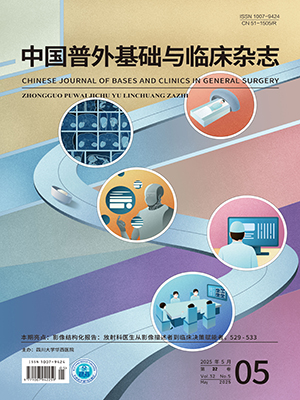Objective To investigate the expression of ATP-binding cassette superfamily G member 2 (ABCG2) in liver cancer cell lines and the relationship between ABCG2 expression and liver cancer drug resistance,and observe the difference of function between the ABCG2 positive cells and negative cells.
Methods The expressions of ABCG2 in four liver cancer cell lines (PLC/PRF/5,7402,7701,and 7721) were detected by flow cytometry.IC50 of 5-fluorouracil (5-FU) and adriamycin were calculated.The expression of the ABCG2 in the 7721 cell lines was observed by immunofluorescence staining.The ABCG2 positive and negative cells were selected by the axenic flow sorting method,the difference of function between the ABCG2 positive cells and negative cells was compared.
Results The positive expression rate of ABCG2 in the cell line 7721 was highest among four liver cancer cell lines(P<0.05),and the ABCG2 positive and negative cells had clear bimodal.IC50 of 5-FU and adriamycin to the cell line 7721 were higher than those of the other three cell lines (P<0.05) except for 5-FU to the cell line 7701.There was no difference in cell proliferation between ABCG2 positive cells and negative cells.Cell cycle analysis showed that the ABCG2 positive cells had more quiescent cells as compared with the negative cells(P<0.05).
Conclusions ABCG2 expresses in a variety human liver cancer cell lines,ABCG2 positive cells have some stem cell features like drug resistance and more quiescent cells comparing with the negative cells.
Citation: QIANG Guanghui,YU Decai,DING Xiwei,JIANG Chunping.. Expression of ABCG2 in Human Liver Cancer Cell Lines and Its Related Functions. CHINESE JOURNAL OF BASES AND CLINICS IN GENERAL SURGERY, 2012, 19(2): 146-150. doi: Copy
Copyright © the editorial department of CHINESE JOURNAL OF BASES AND CLINICS IN GENERAL SURGERY of West China Medical Publisher. All rights reserved




